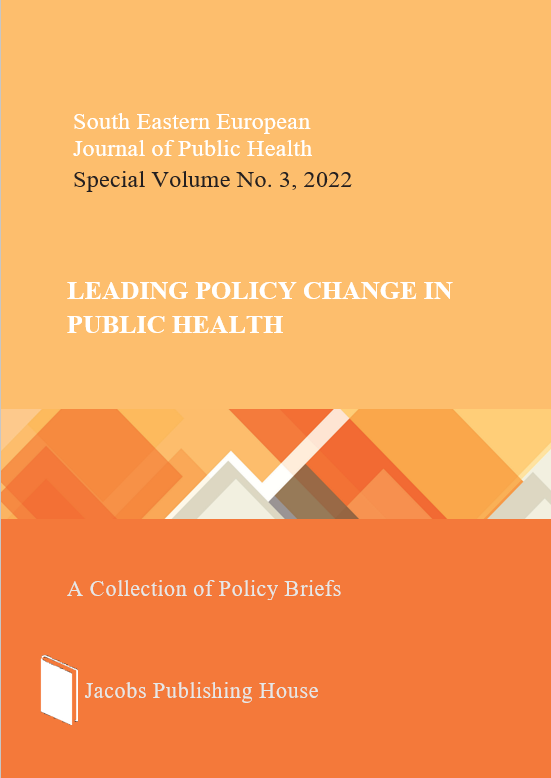Autism and Inclusive Education: Recommendations for improvement during and after COVID-19
DOI:
https://doi.org/10.11576/seejph-5602Keywords:
Autism, Special Education Needs (SEN), Policy, EducationAbstract
Context: COVID-19 has disproportionately affected the autism community yet also provided an opportunity to improve education delivery. There are several policies to ensure education for autistic children, but there are still gaps that need to be filled.
Policy Options: This policy brief analyses several interventions designed to create a more inclusive education environment for autistic children. The four policy options described and analyzed are: Teacher assistants focussing on children with special education needs, Peer Mentoring Interventions (PMI), Digitalization of Education, and Gamification.
Recommendations: The analysis concludes that PMI and Gamification would be the most feasible to implement. PMI can improve the dynamic between autistic children and their neurotypical peers. Gamification enables personalization to educational needs and fluid transition to at-home education. Subsequently, the European Union already invests in gamification, making the step smaller to invest in gamification for inclusive education.
Acknowledgments: We thank Prof Dr Katarzyna Czabanowska for the opportunity to explore this topic as part of the Leadership track in the Master Governance and Leadership in European Public Health.
Authors' contributions: All authors contributed equally to this work.
Conflict of interest: None declared
Source of funding: None declared
Downloads
Published
How to Cite
Issue
Section
License
Copyright (c) 2022 Anne Petronella Maria Reijnders, Sanne Quérine van den Eijnde, Ruben Renerus Martin Janssen, Robin van Kessel

This work is licensed under a Creative Commons Attribution 4.0 International License.


